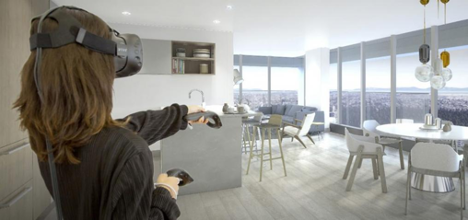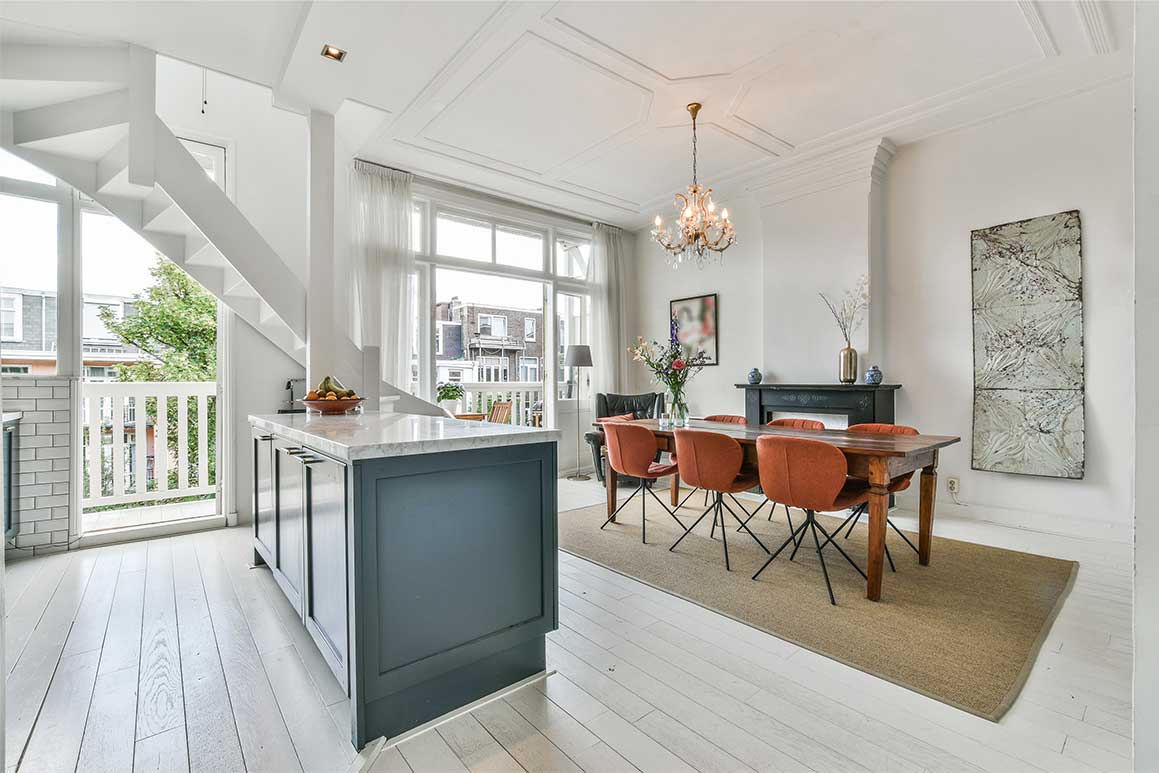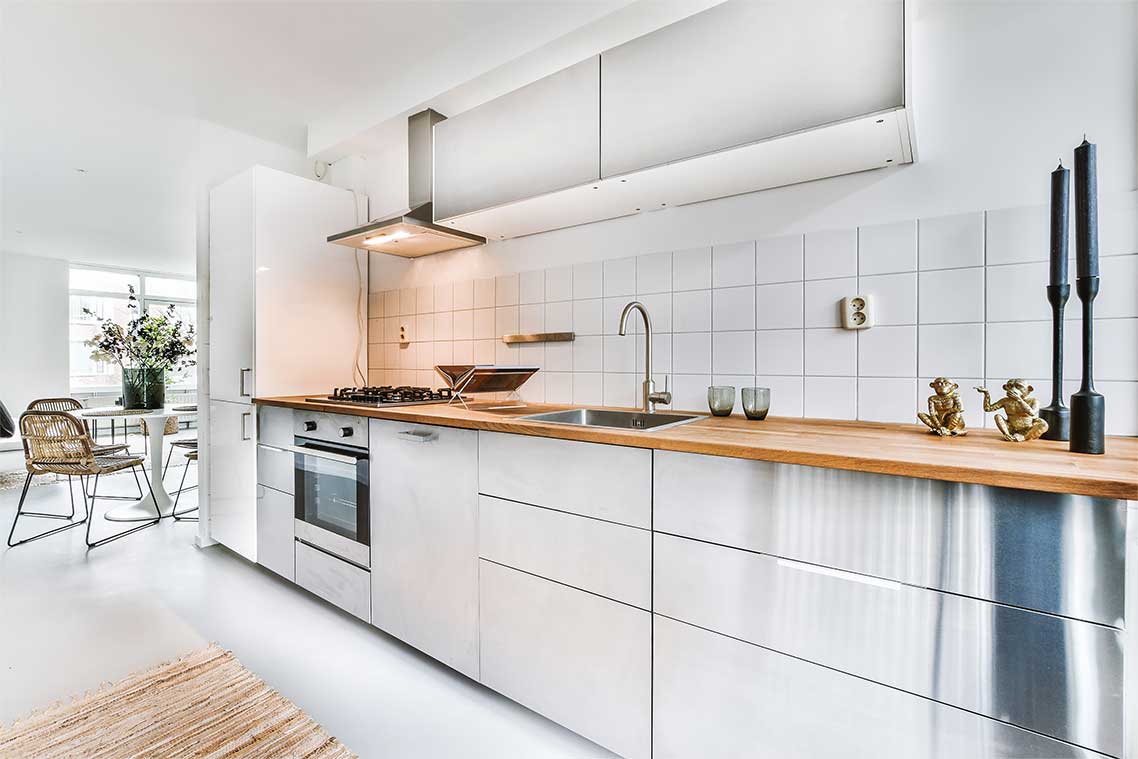 Real estate is a very adaptive industry. Even when the industry is hit with tough factors that influence its direction, it adjusts to those changing factors. Already, we’ve seen how real estate has adapted to modern times. For instance, today, the home searching process is very much in the hands of the buyer, and there are several platforms that users can go to when starting the home buying process.
Furthermore, there are numerous real estate startups that were created to improve many facets of the real estate industry, from escrow transactions to subletting. However, although real estate adopts to changes that occur in the world, it’s been slow to integrate technology into its traditional structure. However, since the spread of COVID-19, the ability to create digital experiences for buyers and sellers has proved more important than ever.
With that in mind, we wanted to take a moment to discuss a growing trend in real estate: virtual reality. Earlier this year, Forbes published an article detailing how virtual reality is poised to revolutionize the real estate industry. Indeed, it has plenty of benefits. Here’s what you need to know:
Real estate is a very adaptive industry. Even when the industry is hit with tough factors that influence its direction, it adjusts to those changing factors. Already, we’ve seen how real estate has adapted to modern times. For instance, today, the home searching process is very much in the hands of the buyer, and there are several platforms that users can go to when starting the home buying process.
Furthermore, there are numerous real estate startups that were created to improve many facets of the real estate industry, from escrow transactions to subletting. However, although real estate adopts to changes that occur in the world, it’s been slow to integrate technology into its traditional structure. However, since the spread of COVID-19, the ability to create digital experiences for buyers and sellers has proved more important than ever.
With that in mind, we wanted to take a moment to discuss a growing trend in real estate: virtual reality. Earlier this year, Forbes published an article detailing how virtual reality is poised to revolutionize the real estate industry. Indeed, it has plenty of benefits. Here’s what you need to know:

How Virtual Reality is Changing Real Estate
By Mclain Properties Thursday, May 14, 2020
 Real estate is a very adaptive industry. Even when the industry is hit with tough factors that influence its direction, it adjusts to those changing factors. Already, we’ve seen how real estate has adapted to modern times. For instance, today, the home searching process is very much in the hands of the buyer, and there are several platforms that users can go to when starting the home buying process.
Furthermore, there are numerous real estate startups that were created to improve many facets of the real estate industry, from escrow transactions to subletting. However, although real estate adopts to changes that occur in the world, it’s been slow to integrate technology into its traditional structure. However, since the spread of COVID-19, the ability to create digital experiences for buyers and sellers has proved more important than ever.
With that in mind, we wanted to take a moment to discuss a growing trend in real estate: virtual reality. Earlier this year, Forbes published an article detailing how virtual reality is poised to revolutionize the real estate industry. Indeed, it has plenty of benefits. Here’s what you need to know:
Real estate is a very adaptive industry. Even when the industry is hit with tough factors that influence its direction, it adjusts to those changing factors. Already, we’ve seen how real estate has adapted to modern times. For instance, today, the home searching process is very much in the hands of the buyer, and there are several platforms that users can go to when starting the home buying process.
Furthermore, there are numerous real estate startups that were created to improve many facets of the real estate industry, from escrow transactions to subletting. However, although real estate adopts to changes that occur in the world, it’s been slow to integrate technology into its traditional structure. However, since the spread of COVID-19, the ability to create digital experiences for buyers and sellers has proved more important than ever.
With that in mind, we wanted to take a moment to discuss a growing trend in real estate: virtual reality. Earlier this year, Forbes published an article detailing how virtual reality is poised to revolutionize the real estate industry. Indeed, it has plenty of benefits. Here’s what you need to know:





